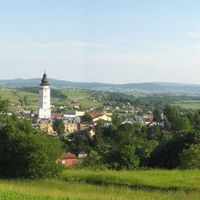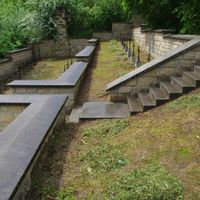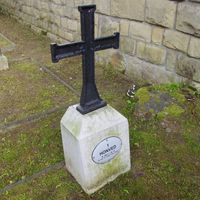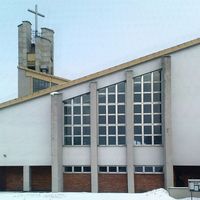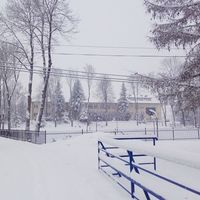Biecz
6.97
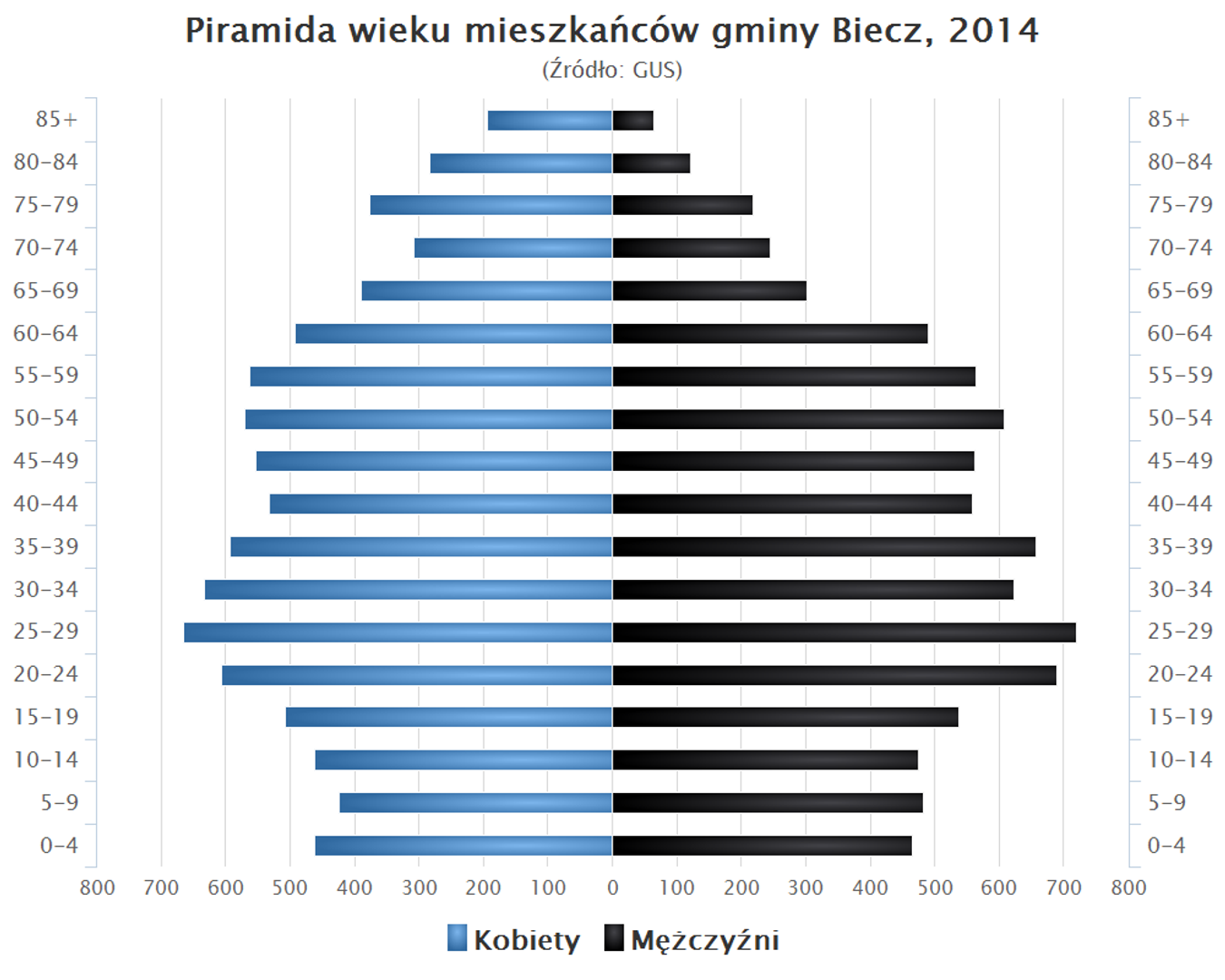
Overview
The Biecz Commune, located in the Lesser Poland Voivodeship and Gorlice County, covers an area of 99.28 km², of which 75% is agricultural land and 14% is forest land. The commune, which has the status of an urban-rural municipality, has its main town – Biecz – known for its rich history dating back to the 13th century, when it was granted town rights. In the 14th century, it became the seat of the Biecz County, which included many other towns. Despite its dynamic development in the Middle Ages, the town gradually declined, and in the 18th century, the Austrian authorities abolished the Biecz County. Biecz did not develop significantly during the partitions of Poland, but after regaining independence, it became the seat of the commune in Gorlice County. From 1975 to 1998, the commune belonged to the Krosno Voivodeship, and since 1999 it has been part of the Lesser Poland Voivodeship. According to data from 2004, the commune had 16,989 inhabitants. Biecz is home to significant architectural structures, including churches, as well as cultural collections related to the history of the region. The commune is served by five Roman Catholic parishes and a Jehovah's Witness congregation, reflecting the religious diversity of its inhabitants. Among the people associated with the commune is Kazimierz Klimek, a Polish geographer and geomorphologist. The Biecz Commune, surrounded by neighboring municipalities such as Gorlice, Skołyszyn, and Moszczenica, holds significant historical and cultural importance, preserving many traditions and local identity.
Location
2025 Wizytor | All Rights Reserved
